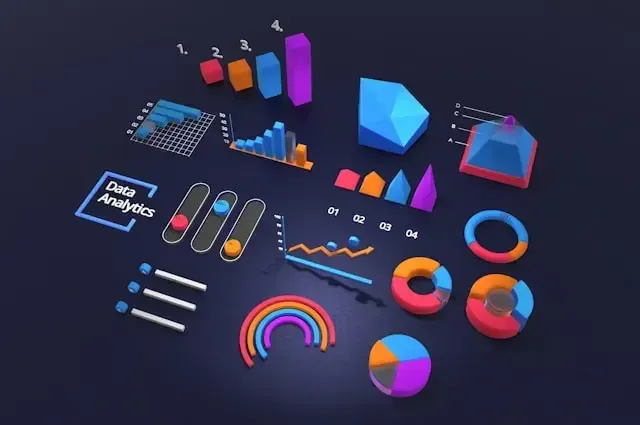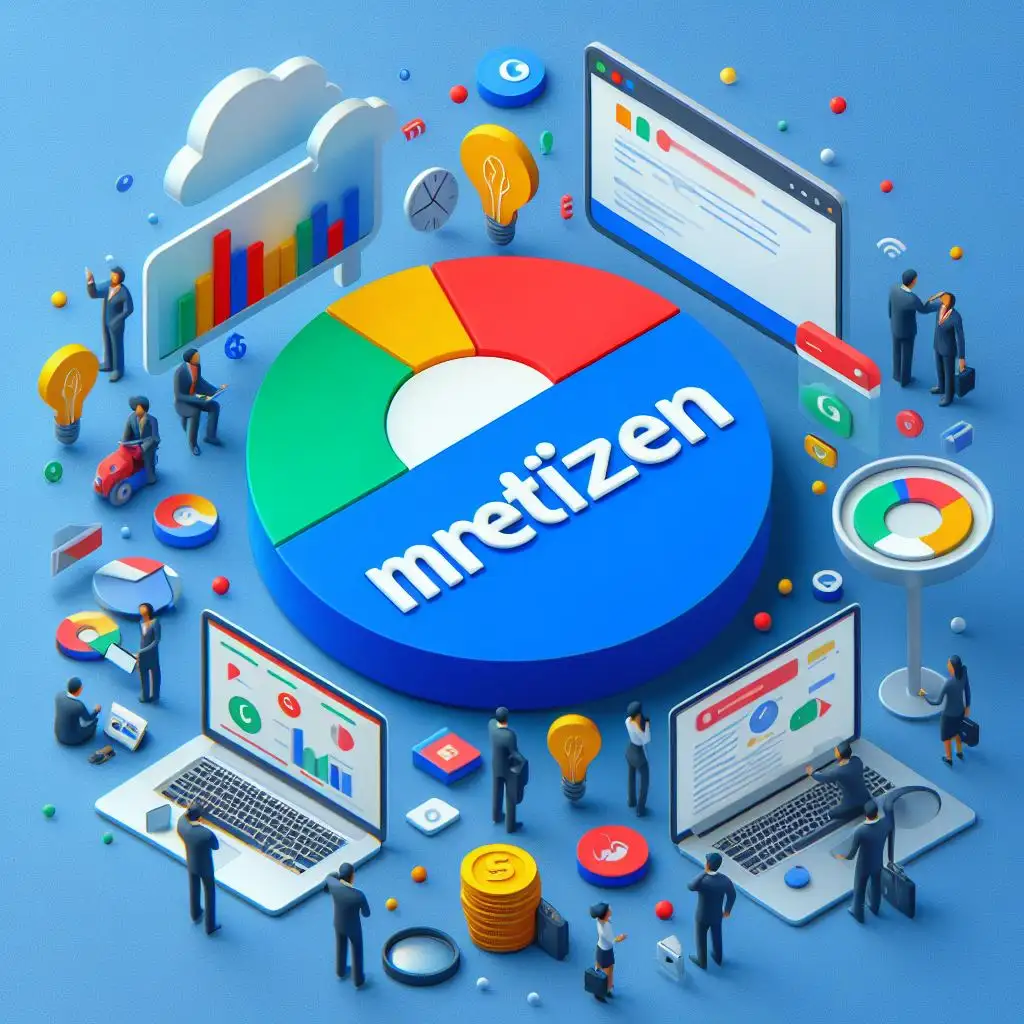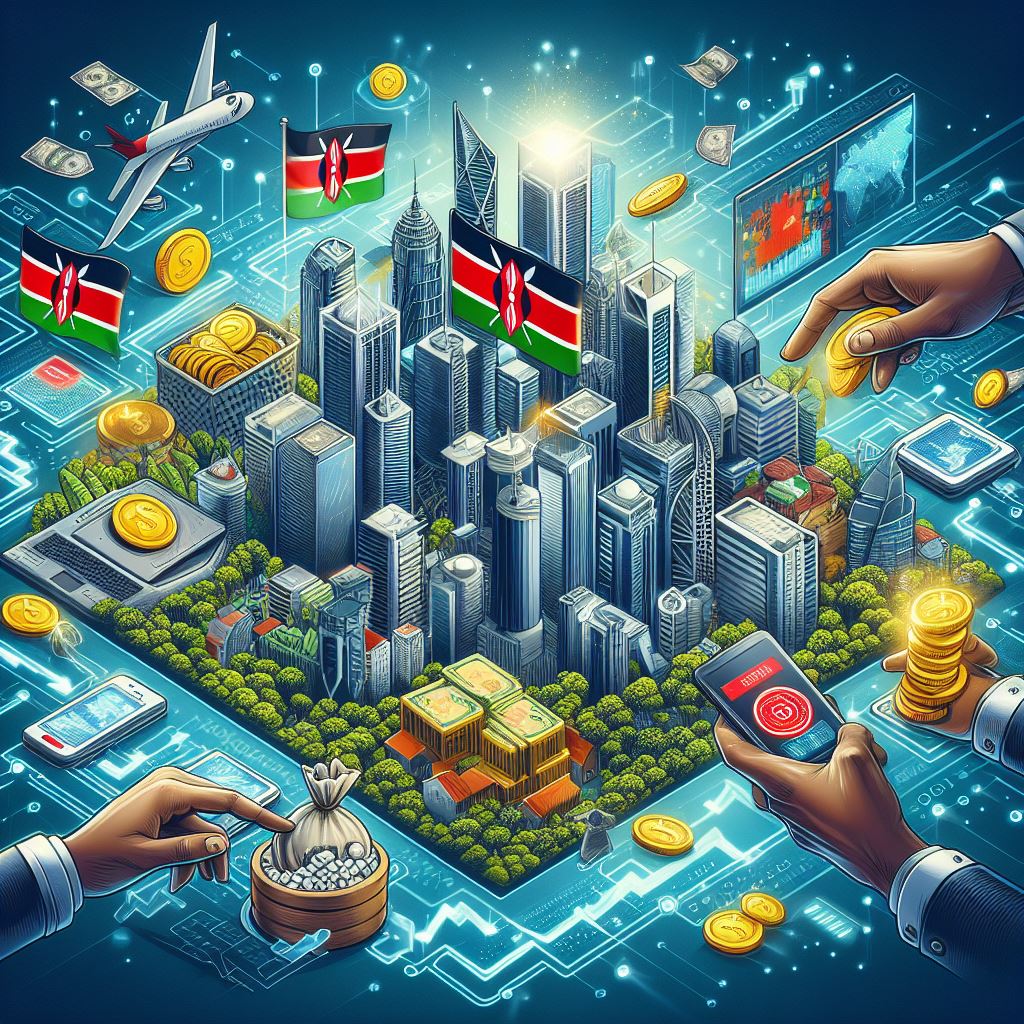This article will take you through the top telecommunication trends to watch, giving you a glimpse into the future of how we connect.
Telecommunications are changing fast, and it’s important to stay updated on the latest trends. As technology evolves, our ways of communicating are becoming more advanced and exciting. This article will take you through the top telecommunication trends to watch, giving you a glimpse into the future of how we connect.
1. 5G Technology: The Next Generation
- What is 5G?
5G is the fifth generation of mobile network technology, following 4G. It promises faster speeds, lower latency (the time it takes for data to travel), and more reliable connections. Imagine downloading movies in seconds or enjoying lag-free video calls—5G makes that possible.
- Why It Matters
5G will revolutionize how we use our devices. It will enable new applications, such as self-driving cars, smart cities, and advanced virtual reality. With 5G, everything from your phone to your home appliances will be able to connect and communicate more efficiently.
- What to Expect
As 5G networks expand, expect faster internet speeds and better connectivity. However, it will also bring new challenges, such as the need for more infrastructure and addressing privacy concerns. Keeping an eye on 5G developments will be crucial as this technology becomes more widespread.
2. The Rise of the Internet of Things (IoT)
- What is IoT?
The Internet of Things (IoT) refers to the growing network of connected devices that communicate with each other over the Internet. This includes everything from smart thermostats and wearable fitness trackers to connected refrigerators and light bulbs.
- Why It Matters
IoT is transforming everyday life by making it easier to manage and control various aspects of our homes and workplaces. For example, you can control your home’s temperature from your phone or receive alerts if your refrigerator door is left open.
- What to Expect
As more devices become connected, the IoT ecosystem will grow. This will lead to more smart homes and cities, where everything is interconnected and optimized. However, it also raises concerns about data security and privacy, so it’s important to stay informed about these issues.
3. Artificial Intelligence (AI) in Telecommunications
- What is AI in Telecommunications?
Artificial Intelligence (AI) involves using machines and software to perform tasks that normally require human intelligence. In telecommunications, AI is used to improve network management, customer service, and data analysis.
- Why It Matters
AI can help telecom companies predict network issues before they happen, automate customer service interactions with chatbots, and analyze large amounts of data to improve services. This means faster problem resolution and more personalized customer experiences.
- What to Expect
AI technology will continue to advance, leading to smarter networks and more efficient operations. It will also play a role in developing new services and applications, making telecom services more user-friendly and responsive.
4. Blockchain Technology for Security
- What is Blockchain?
Blockchain is a digital ledger technology that records transactions securely and transparently. It is best known for being the technology behind cryptocurrencies like Bitcoin, but it has other applications as well.
- Why It Matters
In telecommunications, blockchain can enhance security by providing a decentralized way to verify and record transactions. This can help prevent fraud, reduce data breaches, and improve trust between telecom providers and customers.
- What to Expect
As blockchain technology matures, it will likely be adopted more widely in the telecom industry. This will lead to more secure and transparent operations, benefiting both service providers and consumers.
5. Enhanced Virtual and Augmented Reality
- What is VR and AR?
Virtual Reality (VR) creates a completely immersive digital environment, while Augmented Reality (AR) overlays digital information into the real world. Both technologies are becoming more accessible and are finding new applications in telecommunications.
- Why It Matters
VR and AR have the potential to transform communication by offering new ways to interact and collaborate. For example, VR can be used for virtual meetings, while AR can enhance customer service by providing interactive information and assistance.
- What to Expect
As VR and AR technologies improve, they will become more integrated into our daily lives. This will lead to more immersive experiences and new ways to communicate, work, and play. Keeping up with these developments will be essential as they become more mainstream.
6. Edge Computing: Bringing Power Closer to You
- What is Edge Computing?
Edge Computing involves processing data closer to where it is generated, rather than sending it to a central data center. This helps reduce latency and improve the speed of data processing.
- Why It Matters
Edge Computing is crucial for applications that require real-time data processing, such as autonomous vehicles and smart cities. By processing data locally, edge computing ensures faster responses and more efficient operations.
- What to Expect
As more devices and applications require quick data processing, edge computing will become increasingly important. This will lead to faster, more reliable services and open up new possibilities for technology and communication.
7. Quantum Computing: The Next Frontier
- What is Quantum Computing?
Quantum Computing is an advanced type of computing that uses the principles of quantum mechanics to process information in ways that traditional computers cannot. It promises to solve complex problems much faster than current computers.
- Why It Matters
Quantum Computing has the potential to revolutionize telecommunications by enabling faster data processing, enhanced encryption, and improved network optimization. This could lead to major advancements in various fields, including communications and cybersecurity.
- What to Expect
While quantum computing is still in its early stages, it is progressing rapidly. In the future, it could significantly impact telecommunications by providing powerful new tools for managing and securing networks.
8. Sustainable Telecommunications
- What is Sustainable Telecommunications?
Sustainable Telecommunications focuses on reducing the environmental impact of telecom operations. This includes using energy-efficient equipment, reducing e-waste, and adopting green technologies.
- Why It Matters
As the telecom industry grows, so does its environmental footprint. Sustainable practices are essential for minimizing this impact and promoting responsible resource use. This helps protect the environment while meeting the growing demand for telecom services.
- What to Expect
Expect telecom companies to invest more in green technologies and practices. This includes adopting renewable energy sources, improving energy efficiency, and reducing waste. Sustainable telecommunications will become a key factor in the industry’s development.
9. The Growing Importance of Cybersecurity
- What is Cybersecurity?
Cybersecurity involves protecting networks, systems, and data from digital attacks. In telecommunications, this means safeguarding sensitive information and ensuring the integrity of communication channels.
- Why It Matters
As telecom networks become more complex and interconnected, the risk of cyber threats increases. Strong cybersecurity measures are essential for protecting data, maintaining service reliability, and preventing unauthorized access.
- What to Expect
With the rise of new technologies and increased cyber threats, telecom companies will focus more on enhancing their cybersecurity practices. This will include adopting advanced security protocols, investing in threat detection, and training staff to handle security challenges.
10. Personalized Customer Experiences Through Data Analytics
- What is Data Analytics?
Data Analytics involves examining large sets of data to uncover patterns and insights. In telecommunications, it means analyzing customer data to tailor services and offers to individual needs.
- Why It Matters
Telecom companies can use data analytics to provide more personalized experiences, such as custom service plans and targeted promotions. By understanding customer behavior and preferences, they can enhance satisfaction and build stronger relationships.
- What to Expect
With advancements in data analytics, expect telecom companies to offer more personalized and relevant services. This will lead to better customer experiences and more effective marketing strategies, as companies leverage data to meet specific customer needs.
11. Augmented Reality (AR) for Customer Support
- What is AR in Customer Support?
Augmented Reality (AR) overlays digital information onto the real world, providing interactive and immersive experiences. In customer support, AR can help technicians and customers solve issues more effectively by visualizing problems and solutions in real time.
- Why It Matters
AR can enhance customer support by allowing remote assistance, where support agents can guide customers through troubleshooting steps using AR visuals. This makes resolving technical issues quicker and more intuitive, improving overall customer satisfaction.
- What to Expect
As AR technology improves, it will become a more common tool in customer support. This will lead to more interactive and efficient problem-solving experiences, making technical support more accessible and user-friendly.
12. Remote Work and Collaboration Tools
- What are Remote Work and Collaboration Tools?
Remote work and collaboration tools include software and platforms that facilitate communication and teamwork from different locations. These tools range from video conferencing apps to project management software and virtual whiteboards.
- Why It Matters
The shift to remote work has increased the demand for effective collaboration tools. These tools help teams stay connected, share information, and work together efficiently, regardless of where team members are located. They are crucial for maintaining productivity and collaboration in a distributed work environment.
- What to Expect
As remote work continues to be a significant part of the modern workforce, expect advancements in collaboration tools. Future developments will likely include enhanced features for virtual meetings, better integration with other business applications, and improved security to protect sensitive information.
13. Voice Over Internet Protocol (VoIP) Advancements
- What is VoIP?
Voice Over Internet Protocol (VoIP) technology allows voice communications to be transmitted over the internet rather than through traditional telephone lines. This includes services like Skype, Zoom, and various business communication platforms.
- Why It Matters
VoIP offers cost-effective solutions for both personal and business communication. It allows for high-quality voice calls, video conferencing, and instant messaging. The technology is continually evolving to offer better sound quality, more features, and increased reliability.
- What to Expect
As VoIP technology advances, expect improvements in call clarity, integration with other digital services, and enhanced security features. Businesses and individuals will benefit from more robust and flexible communication options, supporting a variety of communication needs.
14. Advanced Network Management with AI
- What is AI in Network Management?
AI in network management involves using artificial intelligence to automate and optimize the operation of network systems. This includes monitoring network performance, predicting potential issues, and managing network traffic more efficiently.
- Why It Matters
AI can significantly enhance network management by identifying and addressing problems before they impact users. It helps telecom companies ensure smoother operation of their networks, improve performance and reduce downtime. This leads to a more reliable and efficient network experience for consumers.
- What to Expect
With AI advancements, expect more proactive and automated network management solutions. These will lead to better network performance, quicker problem resolution, and more efficient use of resources. Telecom providers will increasingly rely on AI to keep up with growing demands and complex network environments.
15. Satellite Internet: Expanding Global Connectivity
- What is Satellite Internet?
Satellite Internet uses satellites to provide internet access, particularly in remote or underserved areas where traditional infrastructure is lacking. Companies like SpaceX’s Starlink are pioneering this technology, aiming to offer high-speed internet globally.
- Why It Matters
Satellite internet can bridge the digital divide by bringing connectivity to regions that are difficult to reach with traditional cables and towers. It enables internet access in remote areas, improving communication, education, and economic opportunities.
- What to Expect
As satellite technology advances, expect improvements in speed, reliability, and coverage. The deployment of more satellites and enhanced technology will make global high-speed internet access a reality, benefiting people in the most isolated locations.
Conclusion
The telecommunication industry is rapidly evolving, driven by advancements in technology and changing consumer needs. From 5G and IoT to AI and blockchain, these trends are reshaping how we connect and communicate. Staying informed about these developments will help you understand the future of telecommunications and how it will impact your daily life. As these technologies continue to advance, they promise to make communication faster, more efficient, and more exciting than ever before.


























